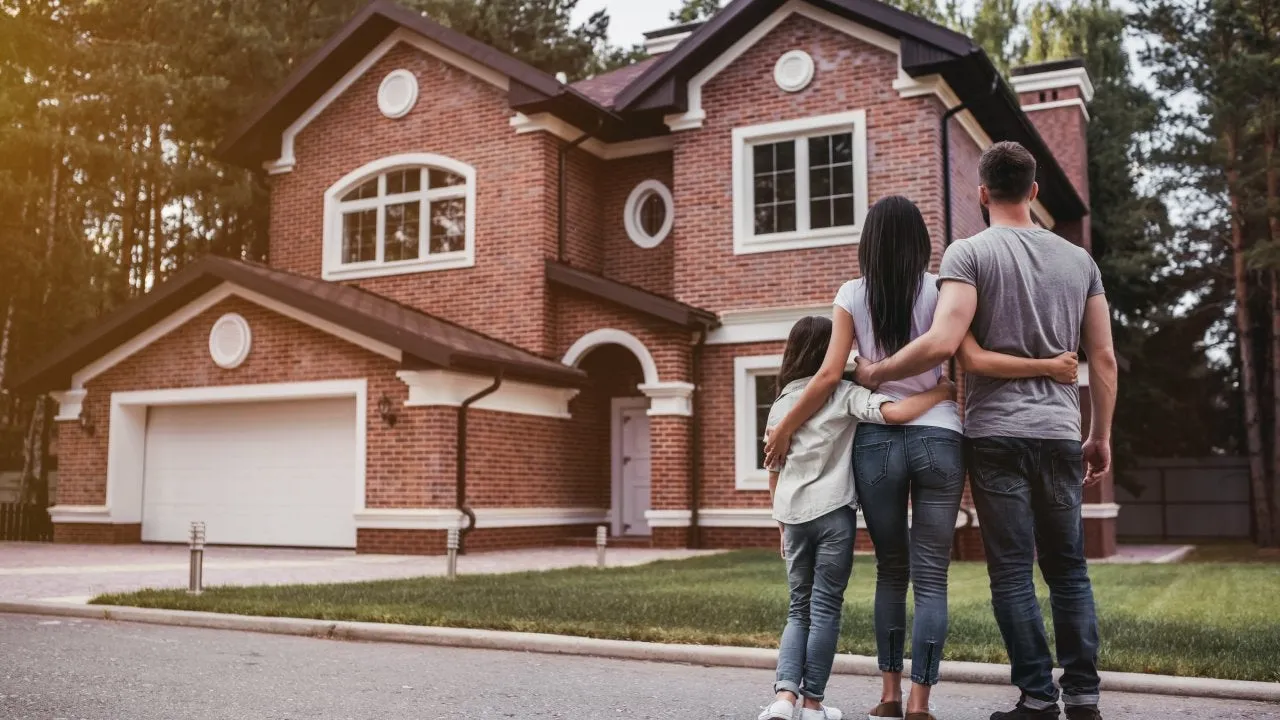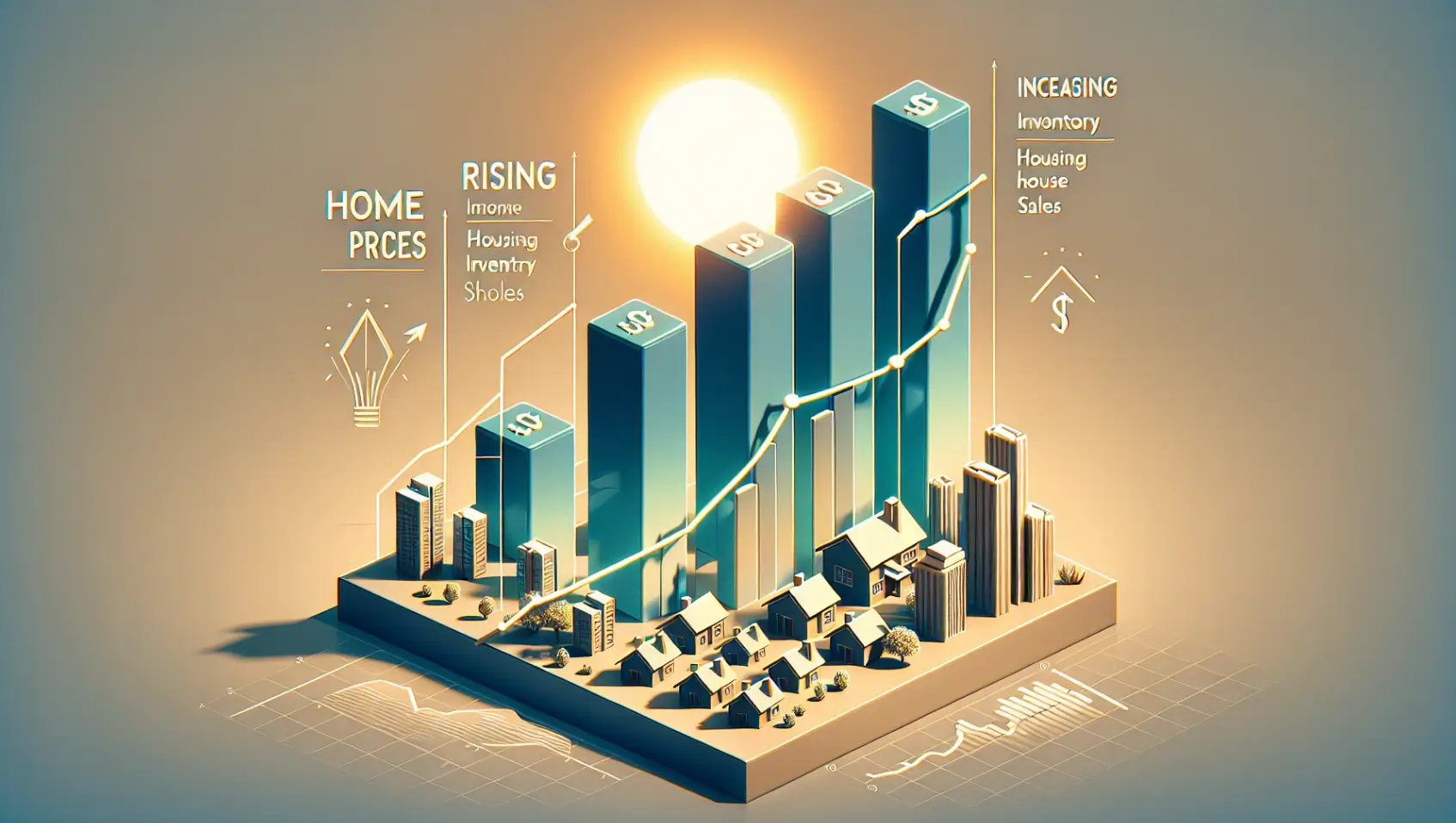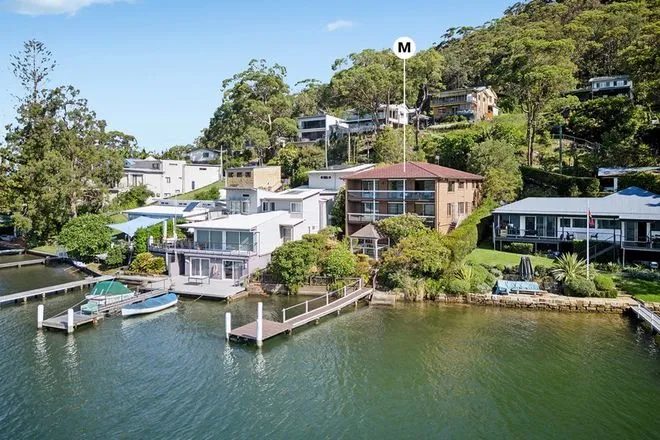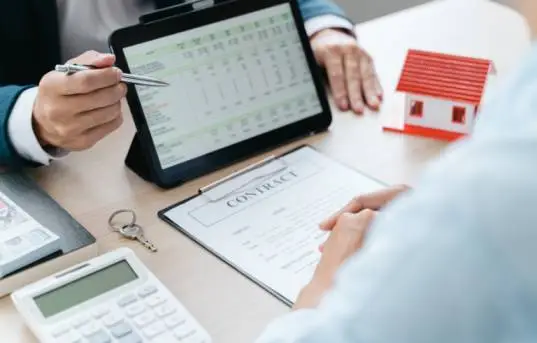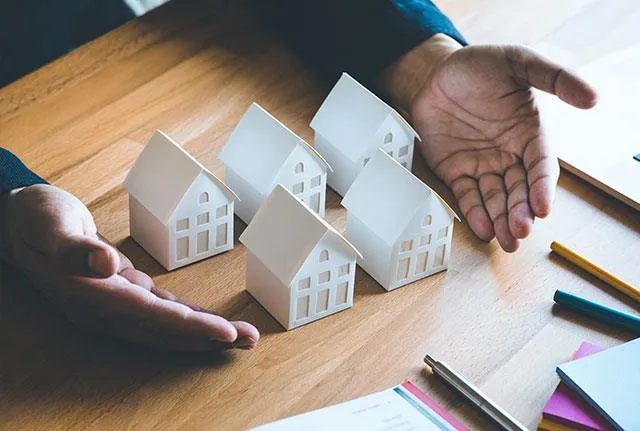My daughter was, indirectly, the inspiration for the Capital One Digital Access (CODA) program. Two years ago, when she was in fifth grade, her school moved much of her education online. It required her to do her homework on Google docs and even switched her to virtual report cards. I had been financing affordable housing properties for almost 20 years, and I knew that many of the residents in the buildings we had financed would struggle to make this transition, simply for being on the wrong side of the digital divide.
The obstacles faced as a result of the digital divide are not restricted to education. So much of what we do these days is done electronically, whether it is checking medical records, conducting a job search, paying bills or simply keeping up with family and friends. When people are shut out of the digital world, both economic opportunities and health can suffer. The coronavirus pandemic has only intensified these inequities.
I realized that by leveraging the critical mass of residents at communities we had financed, we might be able to bridge the digital divide — but I wasn’t sure how to go forward. Fortunately, I discovered a number of programs and publications that provided a blueprint. The first was “Closing the Digital Divide” by Jordana Barton, a senior advisor at the Federal Reserve Bank of Dallas, who looked at the issue from the perspective of the Community Reinvestment Act (CRA). For Barton and other experts, the “three legs of the stool” needed for functional digital citizenship were broadband access, computer access, and training and technical assistance. With just one or even two of these legs, the stool would collapse and the divide would remain. These conclusions are reinforced by HUD’s ConnectHome program, a public-private collaboration designed to narrow the digital divide for residents living in HUD-assisted housing.
Matching the Solution to the Residents and the Property
The challenge was to find a way to apply the lessons learned from the Fed’s analysis and HUD’s efforts in HUD-assisted housing communities. After further studying the issue, I formulated a plan that was enthusiastically endorsed by the leadership at Capital One’s Community Finance and Community Impact & Investing teams. I began looking for experts across the company who could help me secure each of the stool’s three legs. Ultimately, I put together and led a group of about 20 Capital One associates, each of whom offered valuable perspective and expertise. For instance, one of my colleagues, a specialist in design thinking, led our effort to interview residents so that we could better understand their needs.
Experts from our tech group helped us explore options for partnering with Internet service providers. One of the difficulties we had to overcome was reaching the right person. What we were trying to accomplish — creating a commercial account to deliver residential services — crossed organizational boundaries.
Even when we identified the right contact, it soon became apparent that there was no single way to provide broadband service. It depended on the local providers, the nature and scope of their networks, and the physical characteristics of the buildings. We selected three properties in The Bronx to use as a prototype because the necessary wiring to each apartment was already in place. The best solution in these circumstances was to make a bulk purchase from an established local provider.
When the coronavirus pandemic hit, we expanded our roll-out to eight other communities in the Washington, D.C. Metro area, the Los Angeles area, Seattle, Washington, and New Orleans and Houma, Louisiana. For some communities, we took advantage of a provider’s existing affordable Internet program, in others we installed the kind of mesh network that hotels use, and in a third group we used tablets from a provider with built-in wireless.
We explored a number of options for devices but ultimately chose to negotiate a bulk rate on Chromebooks for those communities not relying on tablets.
The third leg of the stool, education, has been the one most directly affected by the pandemic. Our education provider, EveryoneOn — the nonprofit responsible for implementing ConnectHome — had originally intended to offer on-site, in-person training, but social distancing made it necessary to switch gears. After consulting with residents and assessing their needs, the group recently rolled out a virtual education program for Bronx communities in the pilot. While we are waiting to assess the effectiveness of this effort, we have connected residents at our other eight sites with free online resources offered by other Capital One partners.
Focusing on Resilience
Now that we have launched the program, we have shifted our focus to ensuring that it is scalable and sustainable. CODA and digital access are part of Capital One’s Impact Initiative, a $200 million commitment we recently announced that will help close gaps in equity and opportunity in underserved communities. They also fit within our broader corporate social responsibility work, so we’ve really embedded this work into our DNA.
We have hired a third-party firm to evaluate the effectiveness of the program in the New York and Washington, D.C. Metro area communities we are working with and to provide guidance about how we can more efficiently bring digital access to additional communities.
We started this journey well before the pandemic accelerated the movement of our lives online, but even two years ago being on the wrong side of the digital divide was clearly apparent. Our hope is that the digital access we are introducing to our communities provides the measure of resilience residents need and that it will enhance their ability to seek out and seize opportunity.

